Brake Maintenance: Tips and Tricks
Key takeaways:
- Brake repairs and maintenance is essential for your safety and the performance of your vehicle.
- You should check your brake pads, rotors, calipers, fluid, and lines regularly for signs of wear and damage.
- You can save money by doing some brake repairs yourself, but you should always consult a professional if you are unsure or need specialized tools and equipment.
- The cost of brake repairs depends on many factors, such as the type of vehicle, the quality of the parts, and the extent of the damage.
- You can extend the lifespan of your brakes by driving carefully, avoiding harsh braking, and using the correct brake fluid and pads for your vehicle.
Brake maintenance is one of the most important aspects of car care. Without properly working brakes, you risk your own safety and the safety of others on the road. Brake repairs can also be expensive, so it pays to keep your brakes in good condition and prevent problems before they become serious.
In this article, we will share some tips and tricks on how to take care of your brakes, how to spot the signs of brake trouble, how to perform some basic brake repairs yourself, and how to estimate the cost of brake service. We will also provide some information on the different types of brakes and how they work.

How Brakes Work
Before we dive into the details of brake maintenance, let’s review the main components of your car’s brake system and how they work together to stop your vehicle.
The brake system consists of four main parts: the master cylinder, the brake fluid, the brake lines, and the brake assemblies.
The master cylinder is a device that converts the pressure from your brake pedal into hydraulic pressure that travels through the brake fluid to each wheel. The brake fluid is a special liquid that transfers the pressure and resists heat and corrosion. The brake lines are the tubes that carry the brake fluid from the master cylinder to the brake assemblies.
The brake assemblies are the parts that actually slow down and stop your wheels. They can be either disc brakes or drum brakes, depending on the type of vehicle and the wheel position. Disc brakes use a spinning disc (rotor) and two pads that squeeze the rotor when you apply the brakes. Drum brakes use a stationary drum and two shoes that press against the inner surface of the drum when you apply the brakes.
Both disc brakes and drum brakes have a device called a caliper that moves the pads or shoes. The caliper has a piston that is pushed by the brake fluid pressure. The caliper also has a bleeder valve that allows you to release air from the brake system.
The following table summarizes the main differences between disc brakes and drum brakes:
| Disc Brakes | Drum Brakes |
|---|---|
| More common on modern vehicles | More common on older vehicles |
| More effective at high speeds and temperatures | Less effective at high speeds and temperatures |
| Easier to inspect and service | Harder to inspect and service |
| More expensive to replace | Less expensive to replace |
Brake repairs: How to Maintain Your Brakes
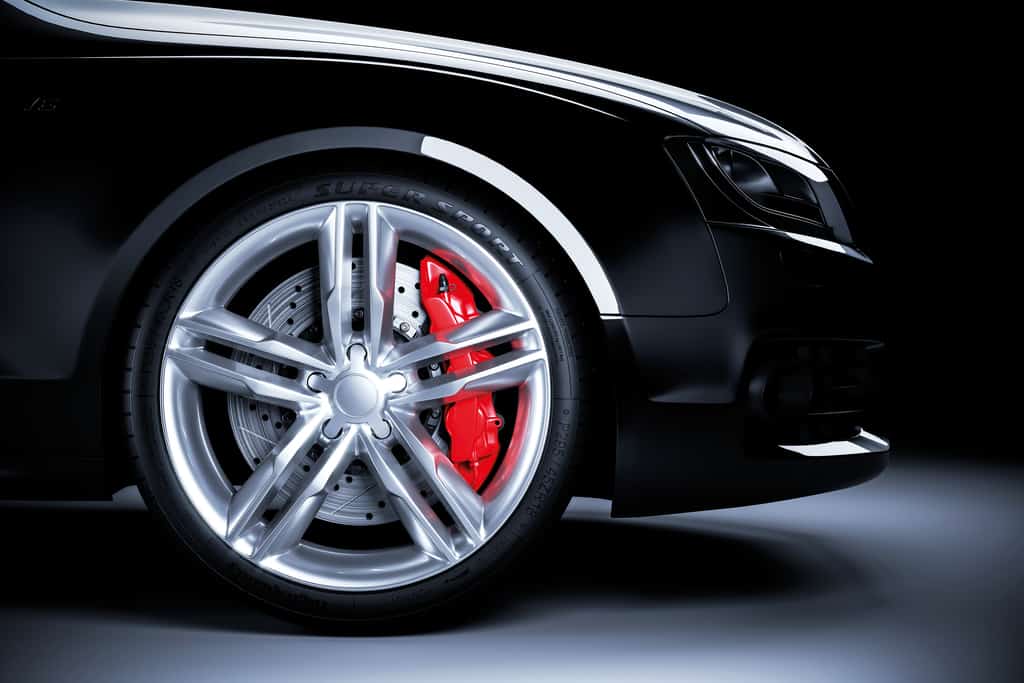
Now that you know how your brakes work, let’s see how you can keep them in optimal condition and avoid costly repairs. Here are some tips and tricks for brake maintenance:
- Check your brake fluid level regularly. The brake fluid reservoir is located under the hood and has a transparent or translucent cap that allows you to see the fluid level. The fluid level should be between the minimum and maximum marks on the reservoir. If the fluid level is low, you may have a leak or worn brake pads. You should add the correct type of brake fluid for your vehicle, as specified in your owner’s manual. Do not mix different types of brake fluid, as they may have different properties and cause damage to your brake system. You should also change your brake fluid every two years or 40,000 km, as brake fluid absorbs water and contaminants over time, which can reduce its effectiveness and cause corrosion in your brake system.
- Inspect your brake pads and rotors regularly. You can do this by looking through the wheel spokes or removing the wheel and the caliper. You should check for uneven pad wear, cracks, grooves, or rust on the rotor, and signs of overheating, such as discoloration or warping. You should also measure the thickness of the pads and the rotors, and compare them to the minimum specifications in your owner’s manual or a repair guide. As a general rule, you should replace your brake pads when they are less than 3 mm thick, and your rotors when they are less than the minimum thickness or have deep grooves or cracks. You should also replace your rotors if they are warped, as this can cause vibration and noise when braking.
- Inspect your brake shoes and drums regularly. You can do this by removing the wheel and the drum. You should check for uneven shoe wear, cracks, glazing, or contamination on the shoes, and signs of overheating, such as discoloration or scoring on the drum. You should also measure the thickness of the shoes and the diameter of the drum, and compare them to the minimum specifications in your owner’s manual or a repair guide. As a general rule, you should replace your brake shoes when they are less than 2 mm thick, and your drums when they are larger than the maximum diameter or have deep grooves or cracks. You should also replace your drums if they are out of round, as this can cause vibration and noise when braking.
- Inspect your brake lines and calipers regularly. You can do this by following the brake lines from the master cylinder to each wheel and looking for leaks, cracks, corrosion, or damage. You should also check the condition of the rubber seals and boots on the calipers, and look for signs of fluid leakage or piston sticking. You should replace any brake line or caliper that is leaking, cracked, corroded, or damaged. You should also bleed your brake system whenever you replace any brake component, as air can enter the system and reduce your braking performance. You can bleed your brake system by attaching a hose to the bleeder valve on each caliper or drum, opening the valve slightly, and pumping the brake pedal until clear fluid comes out. You should start with the wheel farthest from the master cylinder and work your way to the closest one, while keeping the brake fluid reservoir full. You should also use a brake bleeder kit or a friend to help you with this process.
- Practice good driving habits. You can extend the lifespan of your brakes by driving carefully and avoiding harsh braking. You should also use engine braking or downshifting when going downhill, as this can reduce the heat and wear on your brakes. You should also avoid riding the brakes or using the parking brake when driving, as this can cause unnecessary friction and damage. You should also avoid overloading your vehicle or towing heavy loads, as this can increase the stress and heat on your brakes.

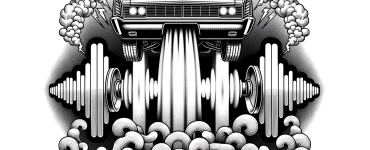
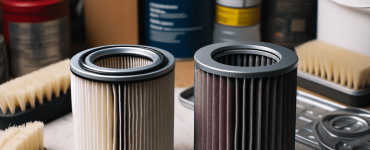
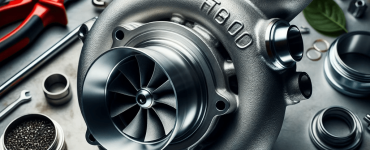
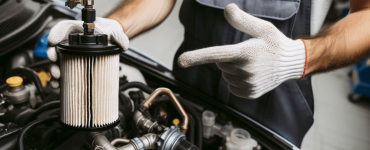
[…] deeper into brake maintenance tips and tricks for insights on keeping your brake lines in top […]
[…] you’ve got your shiny new rotors installed, don’t skimp on the upkeep. Regular brake maintenance keeps your system sharp and responsive. Inspections should be as routine as your morning coffee, […]
[…] types, and don’t forget to check out our comprehensive guides on brake system tuning and brake maintenance tips and tricks to keep your brakes in top-notch […]
[…] likely to suffer from wear and tear, which means a lower chance of brake failure. Check out these maintenance tips to keep your brakes in top […]